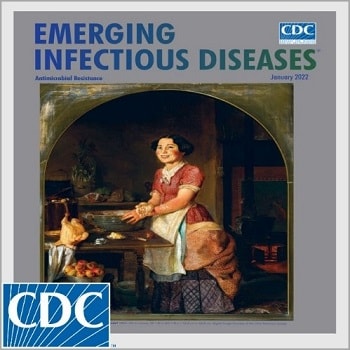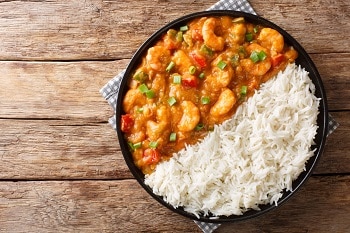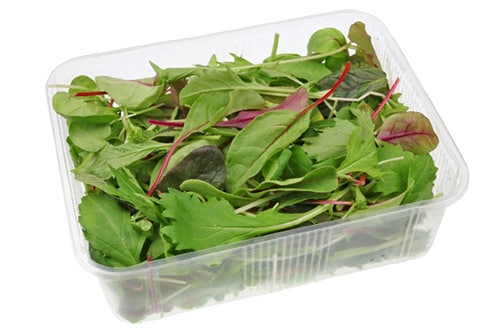CDC and Food Safety Newsletter
Updated February 25, 2022
New Video: How CDC Investigates Foodborne Outbreaks
CDC released a new animated video explaining how public health staff and the public can work together to help solve foodborne outbreaks. In the video, an epidemiologist interviews a patient, taking the viewer through each step of the process for investigating a foodborne outbreak. The video explains whole genome sequencing and how the PulseNet laboratory network uses this modern technology to detect outbreaks.

New Podcast: Thanksgiving Holidays and Salmonella Illnesses
The winter holidays have come and gone, but CDC continues to share insights from research on foodborne illnesses that happen around the holidays.
A podcast from the Emerging Infectious Diseases journal dives into a recent studyexternal icon that analyzed 20 years of data on Salmonella illnesses that occurred soon after the Thanksgiving holiday. Listen to podcast host Sarah Gregory and study author Dr. Farrell Tobolowsky discuss Salmonella illnesses and outbreaks, how the authors linked illnesses to the Thanksgiving holiday, measures that can make turkey safer, and more

Today’s Food Safety Tip
Are you preparing classic seafood dishes for Mardi Gras like shrimp étouffée?
When preparing shrimp, lobster, crab, and scallops, cook until flesh is pearly or white, and opaqueexternal icon. For fish with fins (like catfish), cook to an internal temperature of 145° or until flesh is opaque and separates easily with a fork. Do not eat raw or undercooked fish or shellfish, or food containing raw or undercooked seafood. Heat leftover seafood to 165°F.
